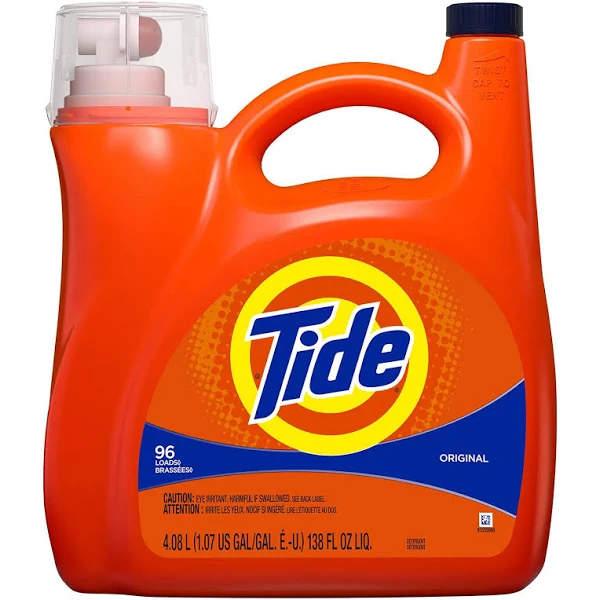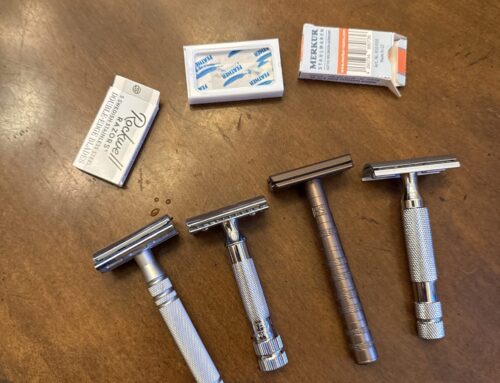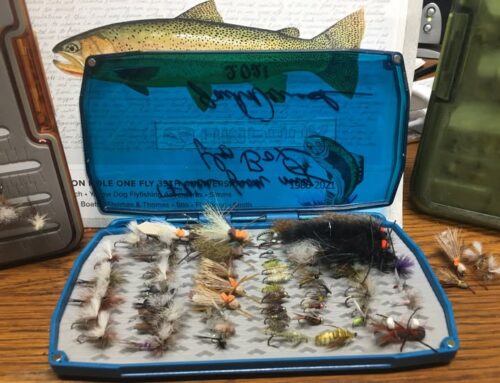Many people are curious about our close father – daughter. Some have said that it’s more like a sibling relationship. Which isn’t true, but it gives you some idea of what it’s like when you mold in shape your child into a replica of yourself, you are best fri, and when you both enjoy this persona and the activities that we share together on a daily basis. This includes everything from things afield like polo down to chores, including laundry.
This advice is for my daughter doing laundry in college. Doing laundry in college can be a challenge at times, but it’s generally easier than you might think. Anyone can do it successfully. Just remember to read labels and take your time sorting, and you’ll be doing your own laundry in no time. I like Tide for whites, together with a 1/4 cup of Clorox bleach. I like Free and Clear for everything else. And Oxyclean works a little better than Spray & Wash for pre-wash treatment on grass or other stains.
________________________
Adapted from
https://www.thoughtco.com/how-to-do-laundry-in-college-793594
Preparation
Preparing to wash your laundry often takes more time than actually washing your laundry, but it’s a simple process that’s easy to master.
- Read the labels on everything, especially anything valuable. Have a fancy dress? Nice button-down shirt? THESE PROBABLY NEED TO BE TAKEN TO THE DRY CLEANERS. New bathing suit? Anything made of a unique material? Clothes that are out of the ordinary tend to require extra care. Thoroughly read the instructions on the tags of all items (usually found by the neck, waist, or bottom inside left of an article of clothing) to avoid potential disasters. Anything that needs a specific water temperature or that necessitates an extra step needs to be removed from the rest of your laundry and washed separately.
- Sort out anything new. Clothes are most vibrant and pigmented when they’re brand new, whether they’re mostly dark colors like black, blue, or brown or mostly bright colors like white, pink, or green. New clothes can bleed their colors out and onto the rest of your clothes when they’re freshly purchased, which can quickly ruin an entire load of laundry. Wash these separately on their first wash, then they can go in with the rest of your clothes next time.
- Separate clothes by color. Darks and lights should always be laundered separately. Put the darks (blacks, blues, browns, denims, etc.) in one load and the lights (whites, creams, tans, pastels, etc.) in another. Clothes that are neither light nor dark can usually go in either pile or a third separate load to be safe. DO A THIRD PILE FOR POLO WHITES OR THINGS SUCH AS WHITE SOCKS THAT NEED TO BE SPRAY AND WASHED (OXYCLEAN WORKS BEST FOR BLOOD AND GRASS STAINS), AND A 1/4 C. CLOROX BLEECH ADDED TO A HOT WATER CYCLE WITH TIDE LAUNDRY DETERGENT.
- Separate clothes by type. Most of your loads of laundry will qualify as “normal” loads and you’ll just need to sort by color, but from time to time you’ll need to wash bedding, delicates, heavily stained clothes, etc. Anything that you wouldn’t consider to be a normal, day-to-day article of clothing might need its own load. Additionally, small or large loads are often washed on different settings.
Washing
Before you’re ready to wash, pick out a high-quality detergent. Many college students enjoy the convenience of individual laundry pods, but traditional liquid or powder laundry soap is just as effective and usually cheaper. A standard all-in-one detergent is a great choice, but there are also so many stain-lifting, high-efficiency, fragrance-free, and natural/green formulas to choose from.https://8068b565bf9180b4634d76447e423339.safeframe.googlesyndication.com/safeframe/1-0-38/html/container.html
- Load the clothes into the washing machine. Take one of your sorted piles of clothes and place them in the washing machine. Don’t squish or pack them in to try to get more done at a time as this can damage the machine and prevent your clothes from being cleaned properly. The laundry should have plenty of room to spin around; if there’s an agitator (the post in the middle of the basin), pile the clothes around it. If you’re unsure of how much to put in at once, there are visual guides on most washers that show you what the machine can handle for every wash type (e.g. delicates, heavy-duty, etc.). Smaller articles of clothing can be placed in washable laundry bags so that you don’t lose them to the machine.
- Put in the detergent. Don’t let this part trip you up. Read the instructions on the box or bottle to find out how much to use. There are usually lines inside the cap that help you measure for different-sized loads. If you’re using liquid detergent, you’ll need to find out whether the machine has a special compartment for liquid detergent (usually on the front or top of the washer); if not, just dump the soap on top of your clothes. If you’re using a detergent pod, toss it right into the basin.
- Set the water temperature. As a general rule, cold or cool water does the trick when it comes to washing laundry in most newer machines. Otherwise, cool water is best for delicate clothes, warm water is best for regular clothes, and hot water is best for heavily soiled clothes. Just remember that tags will tell you everything you need to know. If you are stain-treating anything, read the instructions on your stain remover of choice to find out whether cold, warm, or hot water is best.
- Hit “start”! If you live in a dorm or apartment with coin- or card-operated laundry machines, you will need to insert payment before the machine will start.
Drying
You’re not quite done sorting yet. Most clothes can be washed in a machine, but there are many types of clothes that shouldn’t be dried.
- Separate anything that can’t go in the dryer. Reading tags can help you avoid one of the most common laundry mistakes: drying something that shouldn’t be dried. The consequences of drying what shouldn’t be dried include shrinkage and irreversible damage such as unraveling. Bras with underwires, silk or lace clothing, bathing suits, and sweaters made of wool are just a few examples of things that should never be dried and that must be removed from the washing machine and hung to air dry.
- Put your clothes in the dryer. Take your dryable clothes from the washer and put them in the dryer. Add dryer sheets or balls to prevent static cling and make your clothes smell better. Most dryers have both timed dry and sensor dry settings, so you can either leave the guesswork of timing your clothes to the machine or just do your best. When in doubt, expect your clothes to take at least an hour to fully dry but go back to check on them after 45 minutes.
Tips
- If you have badly stained clothes, treat these with a stain treatment soap or stick prior to washing. The worse a stain is, the longer you’ll want to set it.
- Dryer sheets and fabric softener are optional and don’t make your clothes any more clean, but they can make them smell and feel better.
- College and apartment laundry rooms usually have several machines, but you might find that a lot of students prefer to do their laundry in the evenings or on the weekends. For the best chance at getting a machine—and to avoid potential theft—, find out when most other residents do their laundry and do yours on a less popular schedule.
- Never leave your clothes unattended in a public laundry room for long. Anything left in a washing machine or dryer after finishing could be moved or even stolen by someone waiting to wash their clothes.
______________________
HOW TO KEEP YOUR WHITE BREECHES WHITE
adapted from the plaid horse
Constantly finding yourself with brown, stained breeches that once sparkled white?
The winning products? Fels Naptha Laundry Bar and Stain Remover, Out White Brite Laundry Whitener, OxiClean, and Scotchgard.
It’s always great to be ahead of the game, so another solid purchase is the Scotchgard Fabric Water Shield. It repels water, blocks stains, and makes stains easier to remove. Before using, make sure the breeches are as clean and dry as possible. Spray generously, hang to dry, and repeat once a year.
For stained breeches, soak overnight in Out White Brite Laundry Whitener or Oxiclean. If stains are exceptionally stubborn, soak the breeches for multiple days.
Next, gently scrub the stains with Fels Naptha Dial Laundry Soap, and wash. Repeat if necessary.





